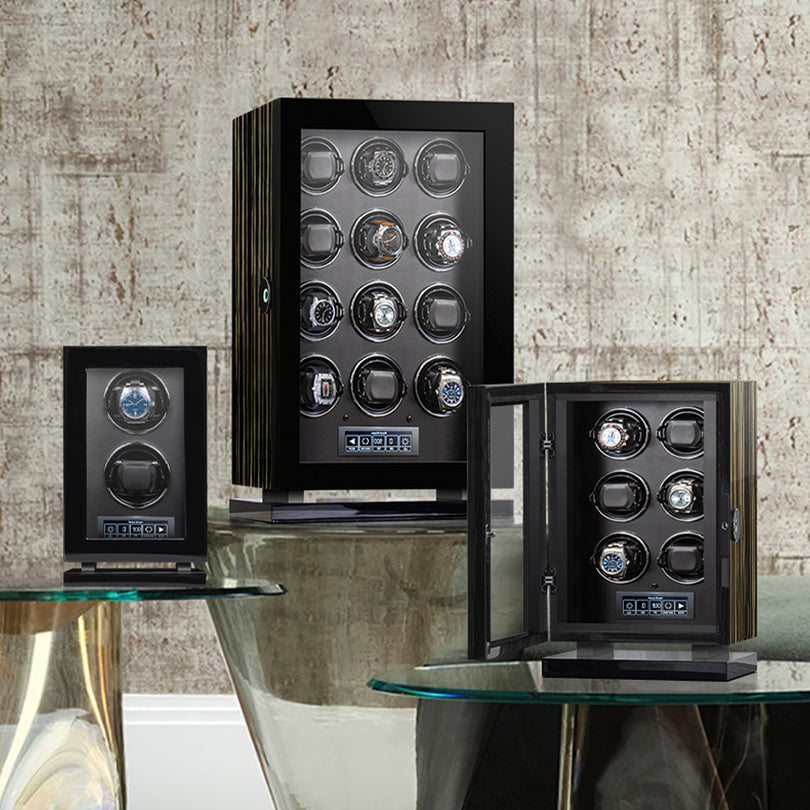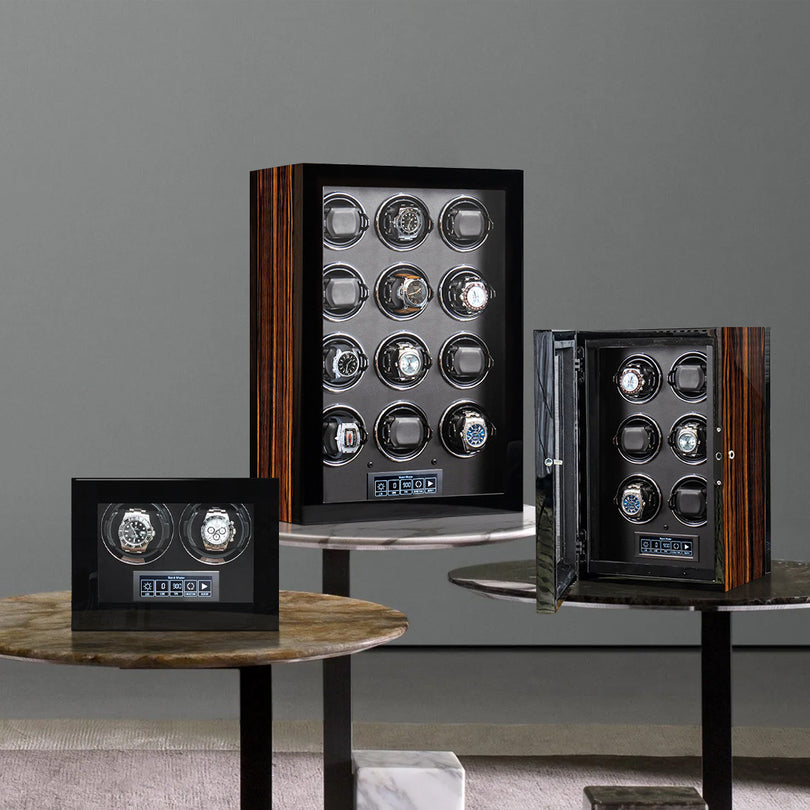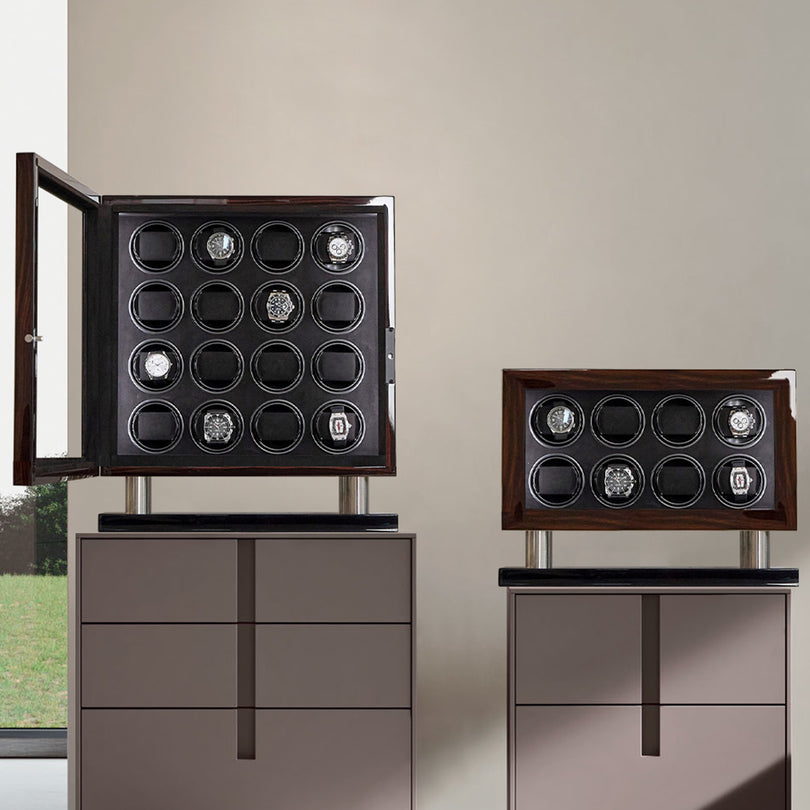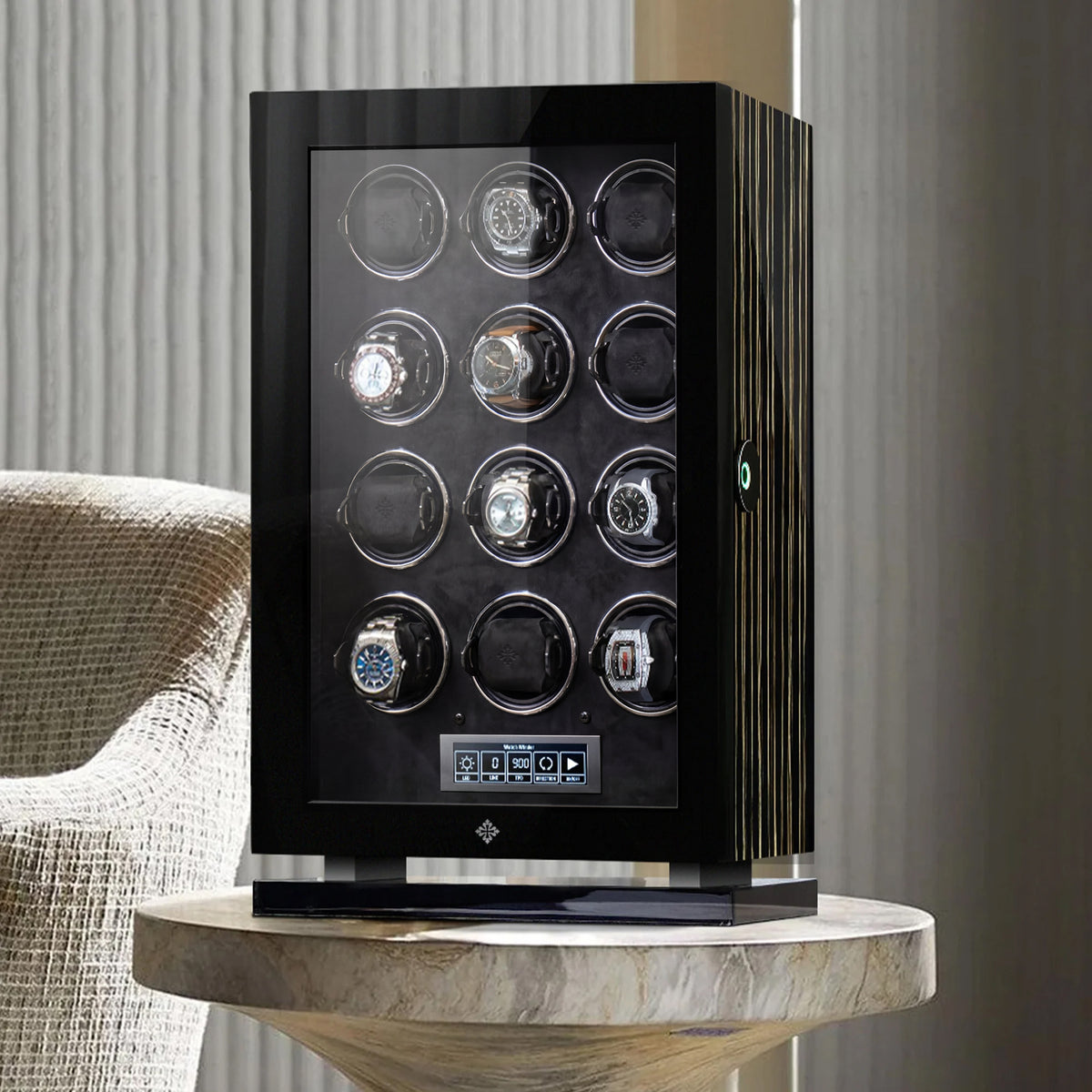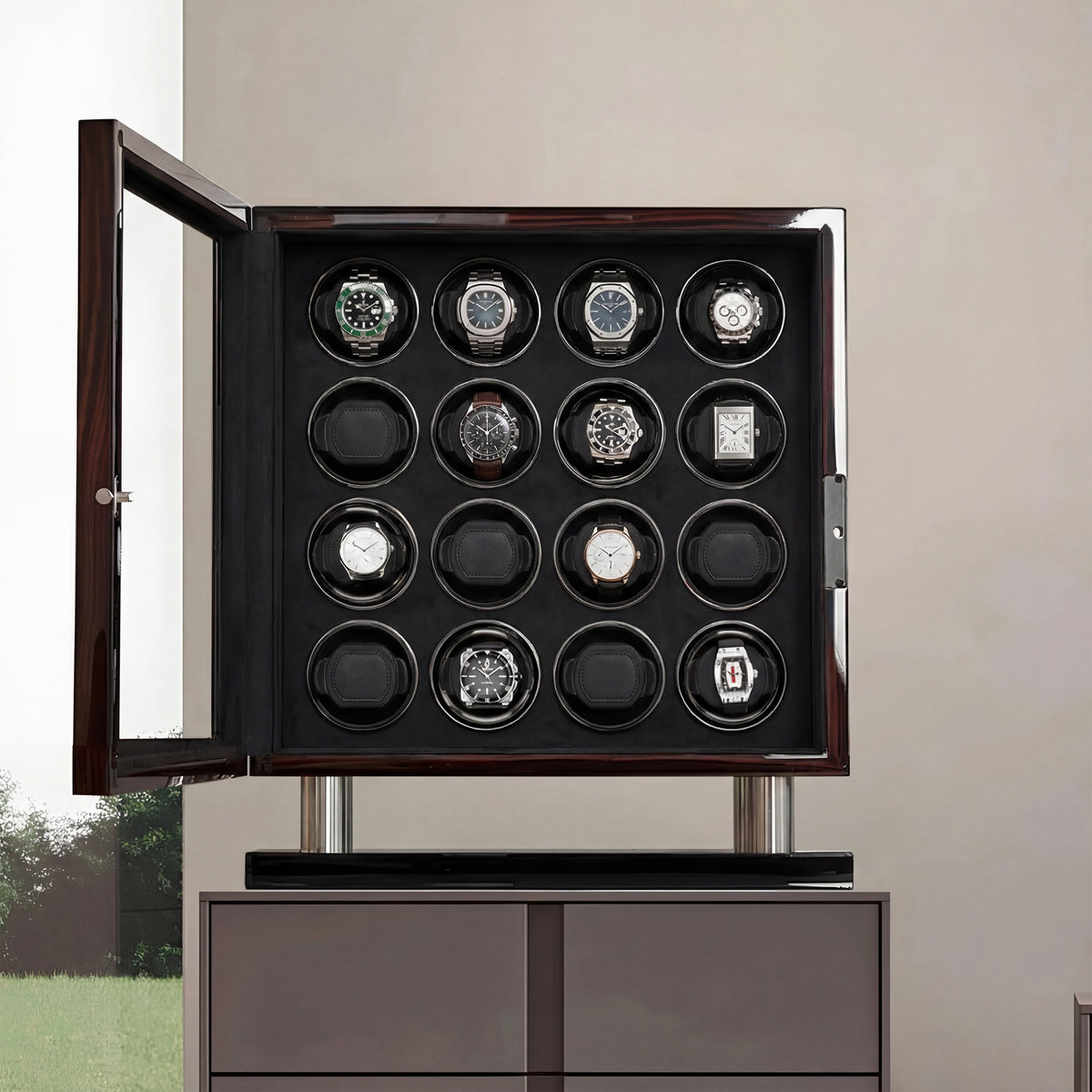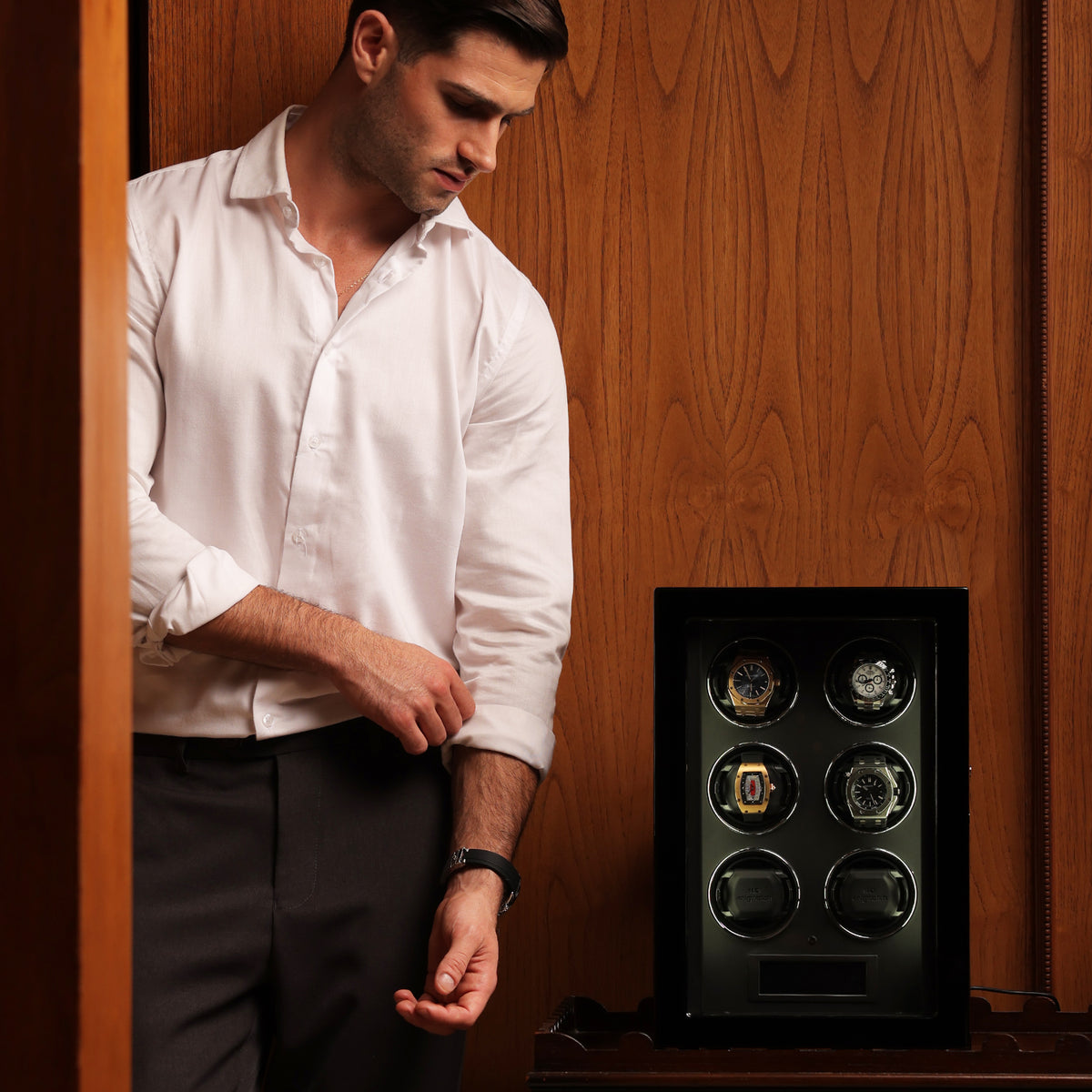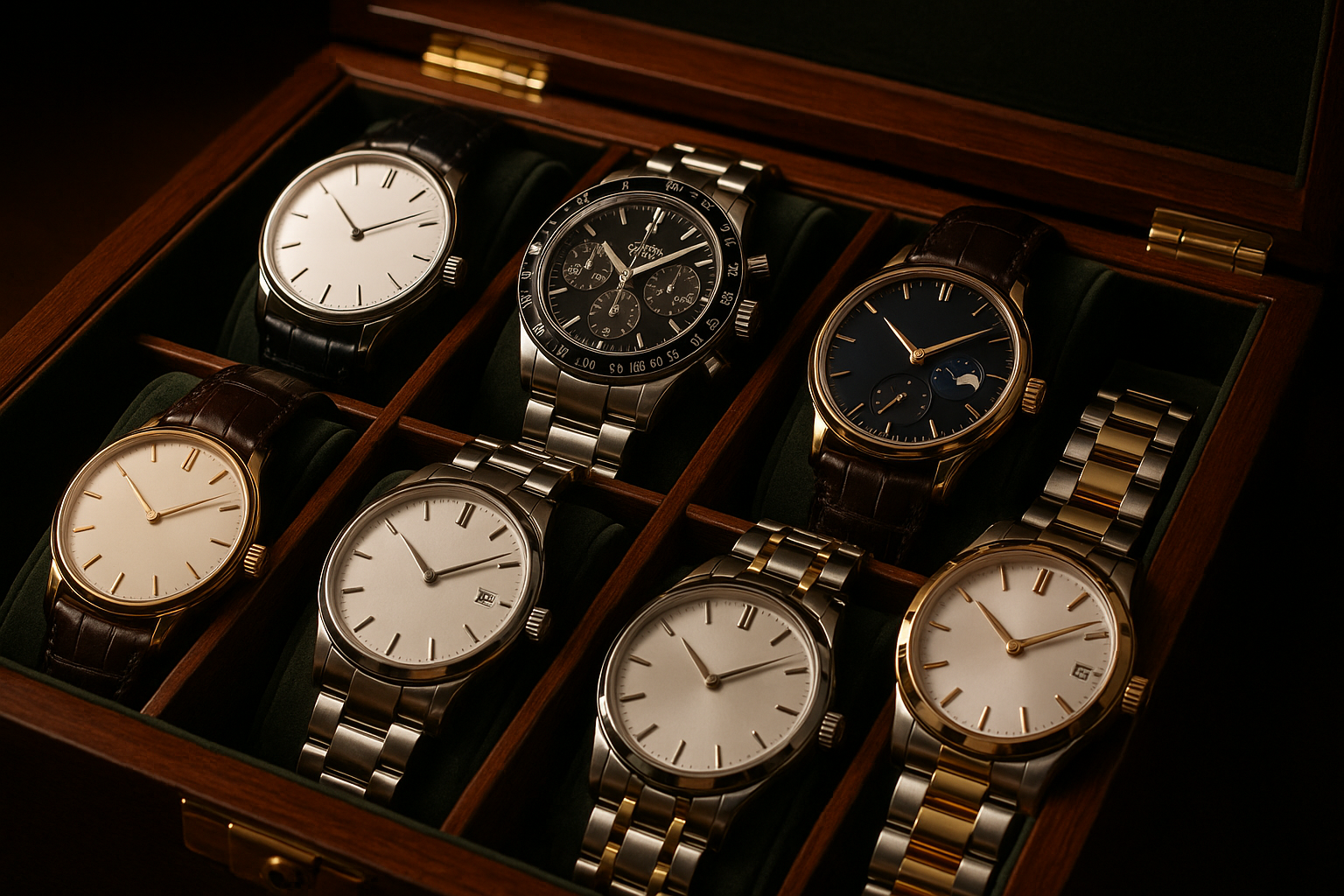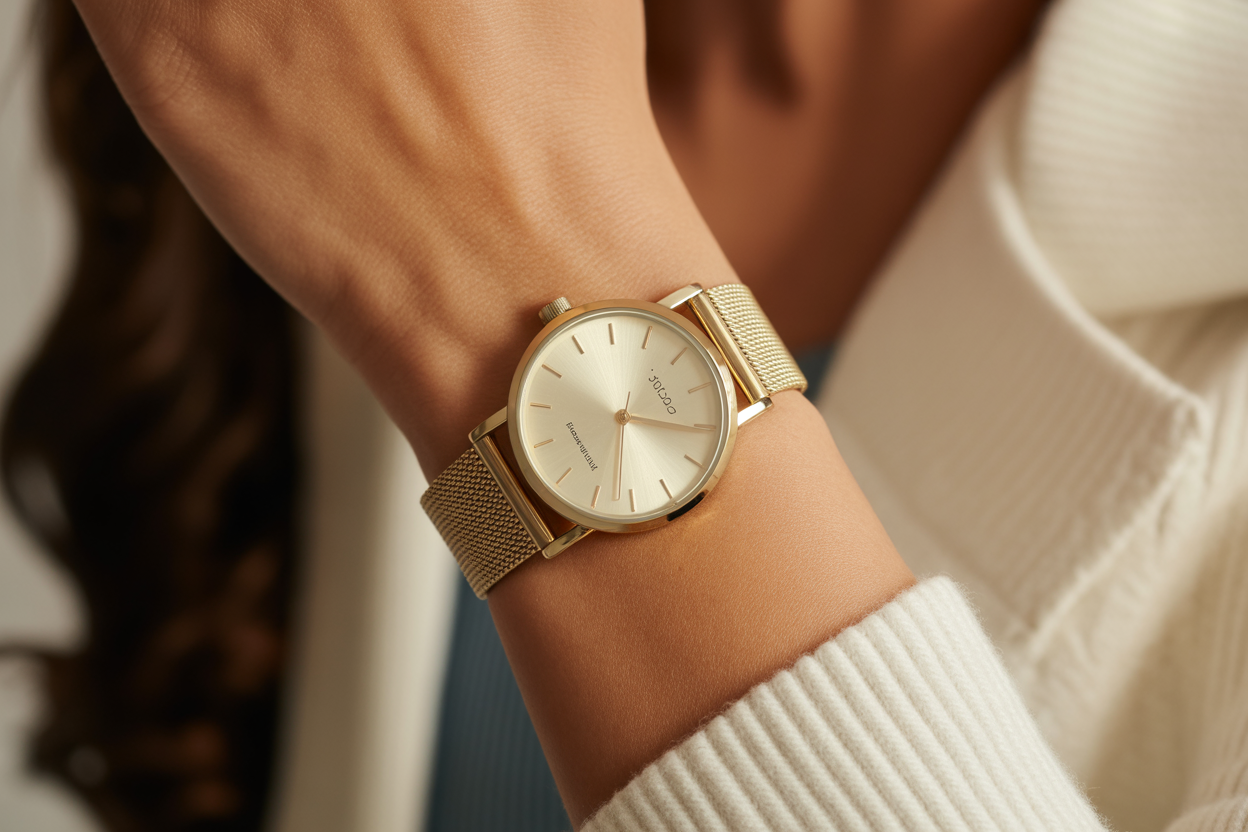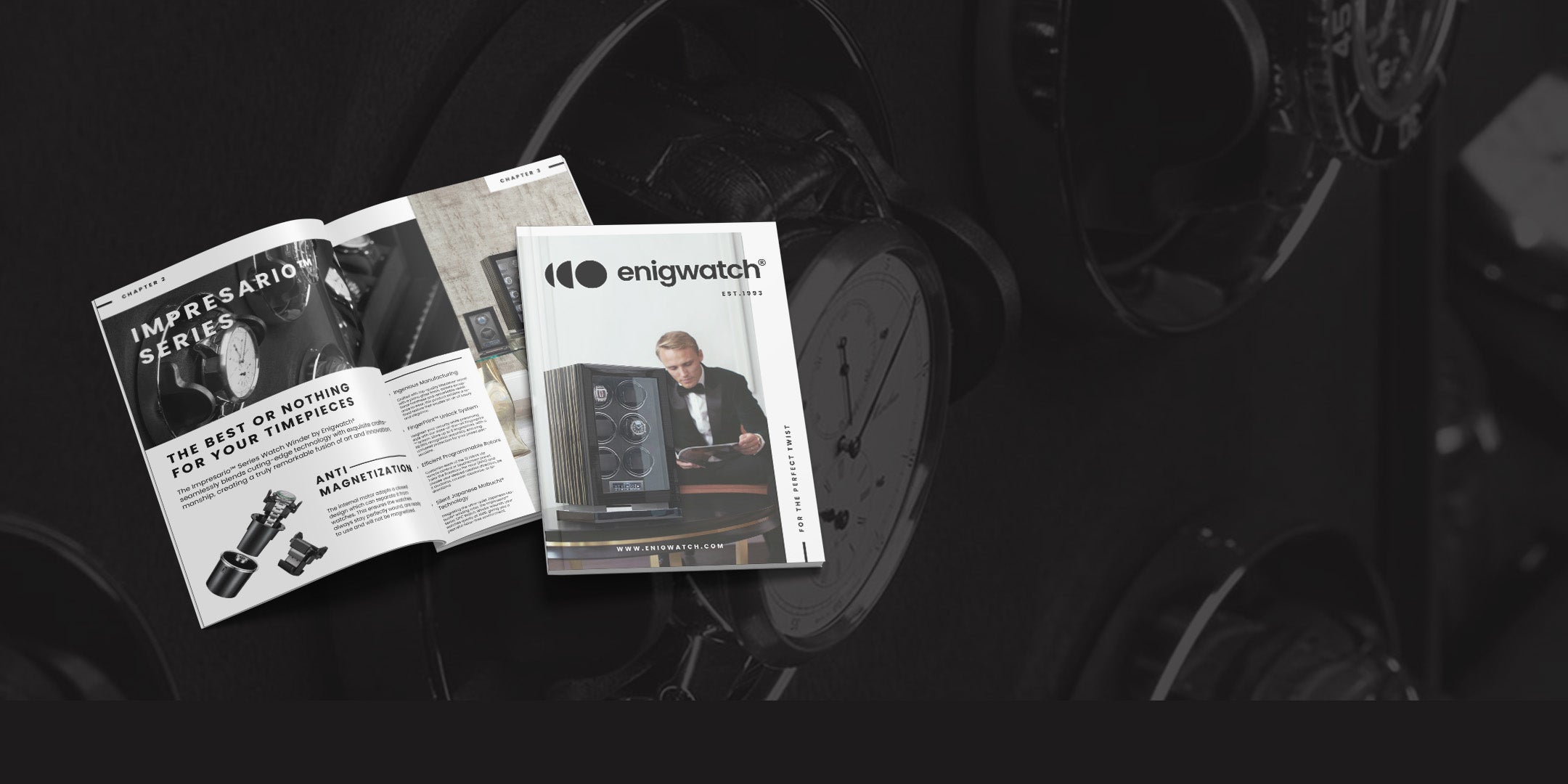Gather 'round, horology enthusiasts, for a whimsical tale of timepieces – a legendary face-off between two luxury watch titans: Hublot vs Tudor. We'll wind through history, ogle over design, marvel at materials, scrutinize movement, assess accuracy, compare prices, and ponder value. So, strap on your favorite wristwatch and let the great watch war commence!
Hublot vs Tudor: History

In the red corner, hailing from Switzerland, Hublot entered the arena in 1980, a mere infant in the world of horology. Its founder, Carlo Crocco, took a gamble on a unique fusion of materials and design – a risky move that paid off handsomely. Today, Hublot stands tall among luxury watchmakers, celebrating its youthful spirit and innovative identity.
In the blue corner, the mighty Swiss-born Tudor boasts a storied heritage dating back to 1946. Founded by Hans Wilsdorf (the same chap who created Rolex), Tudor has long been the "more accessible" sibling of the prestigious Rolex family. Despite its humbler beginnings, Tudor has evolved into a brand that commands respect and admiration from watch aficionados.
You might also like: Hublot vs Tag Heuer: Which Luxury Watch Brand Best Fits Your Style and Needs?
Hublot vs Tudor: Design
Hublot's design mantra is "The Art of Fusion," with a penchant for blending unconventional materials and avant-garde aesthetics. Its flagship Big Bang collection is an audacious love letter to bold, larger-than-life style, featuring robust cases, intricate dials, and eye-catching color combinations. If subtlety is your jam, you should look elsewhere.
Tudor, on the other hand, is known for its classic yet rugged designs. Inspired by the world of adventure and exploration, its watches often feature vintage aesthetics with modern twists. For instance, the beloved Black Bay collection is a perfect blend of contemporary style and timeless charm. Tudor's got you covered if you're a fan of a watch that whispers elegance rather than shouts it.
Hublot vs Tudor: Materials
Hublot takes material experimentation to new heights, embracing the unconventional like a moth to a flame. With materials such as Magic Gold (a scratch-resistant gold-ceramic alloy), carbon fiber, and sapphire crystal cases, Hublot is the mad scientist of watchmaking.
Tudor, on the other hand, prefers to stick to the tried and true. Most Tudor timepieces feature stainless steel cases, with some models available in bronze or gold. Tudor is the steady, dependable tortoise to Hublot's hare, embracing tradition while maintaining a contemporary edge.
You might also like: Hublot vs Patek Philippe? Choosing the Right Luxury Watch for You (2023 Review)
Hublot vs Tudor: Movement

When it comes to movement, Hublot is no slouch. The brand's in-house Unico movement powers many models, boasting impressive complications like flyback chronographs and long power reserves. And if you're into showmanship, some Hublot models sport a see-through case back to flaunt their mechanical prowess.
Tudor has been upping its movement game in recent years. Though historically reliant on external movements, Tudor has developed in-house calibers, such as the MT5602 and MT5813. These movements offer impressive accuracy, robustness, and lengthy power reserves, making Tudor a contender in the mechanical movement smackdown.
You might also like: Cartier vs Hublot: Two Titans of the Watch Industry (2023 Review)
Hublot vs Tudor: Accuracy
In the accuracy department, both brands boast chronometer certifications, ensuring their timepieces meet stringent standards for precision. While Hublot's Unico movements are undoubtedly impressive, Tudor's partnership with Breitling and its in-house calibers bring serious competition. With accuracy differences negligible between the brands, this round ends in a draw.
Hublot vs Tudor: Price
If you fancy donning a Hublot on your wrist, we hope you're prepared to part with a substantial chunk of change. Hublot's exuberant designs, innovative materials, and in-house movements often result in price tags that soar skyward. Entry-level models start around $6,000, while limited edition and high-complication timepieces can fetch a king's ransom of $100,000 or more. Pocket change, right?
Tudor, the more accessible sibling of Rolex, is a breath of fresh air for those looking to indulge in luxury without decimating their bank accounts. With prices starting around $2,000, a Tudor timepiece can be a gateway to horological heaven for many. Of course, as with any luxury brand, limited editions and high-end models can still command some pretty pennies.
You might also like: Audemars Piguet vs Hublot: Which Luxury Watch Brand Reigns Supreme? (2023 Review)
Hublot vs Tudor: Value

Ah, value – the elusive unicorn in the world of luxury watches. Regarding Hublot, you're paying for the bold, avant-garde aesthetic, the fusion of unconventional materials, and the cachet of owning a Hublot. However, some argue that the brand's relatively short history and its divisive designs may not hold their value as well as other luxury timepieces.
With its impressive lineage and classic-yet-rugged designs, Tudor is often seen as a more "sensible" investment in the luxury watch world. While not immune to depreciation, Tudor's connection to the Rolex family tree and its consistent quality may make it a more appealing long-term prospect for those concerned about value retention.
You might also like: Hublot vs Richard Mille: The Battle for Watch Supremacy in 2023
Conclusion
So, who reigns supreme in this horological showdown? The answer, my dear watch enthusiasts, is entirely subjective. If you're drawn to Hublot's bold, daring, and cutting-edge world, and the price tag doesn't make you queasy, then by all means, join the Hublot family and wear your timepiece with pride.
If you prefer a classic, rugged, and more budget-friendly option, Tudor may be the perfect brand to grace your wrist. With its strong heritage and timeless designs, a Tudor watch is a reliable companion for life's many adventures.
Ultimately, the choice between Hublot and Tudor is a matter of personal taste, style, and budget. So, don your monocle, peruse the offerings, and let your heart (and wallet) guide you to the watch of your dreams. In the end, whichever brand you choose, you'll join the ranks of luxury watch aficionados, which is a victory in itself.

